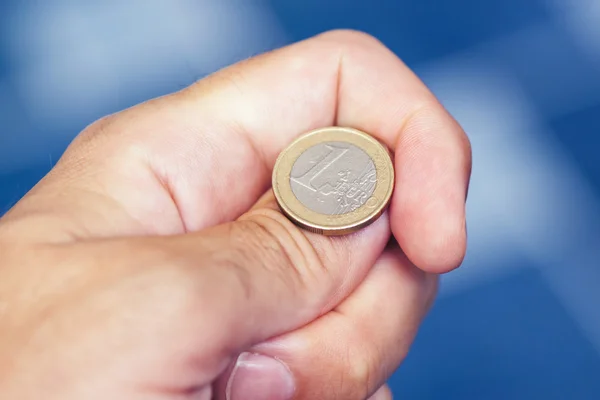
Have you ever heard the saying “a coin flip decides it”? A coin flip is a simple way of deciding between two possibilities, usually when there is no other way to settle an argument or dispute. It has been used for centuries to decide all sorts of things from who gets the last piece of cake to which team gets first possession in sports. But what if you could use a coin flip to actually win something? Believe it or not, there are strategies for using a coin flip to increase your chances of winning! Let’s explore some of those strategies.
The 50/50 Strategy
The most basic strategy for winning with a coin flip is the 50/50 strategy. This strategy involves flipping the coin and calling heads or tails before the result is known. If you get it right, you win; if you don’t, you lose. The odds of this happening are 50-50, so this strategy can be useful if the stakes aren’t too high or if you have no other options available. This can also be useful in cases where both parties agree that either outcome could be favorable.
The Probability Strategy
This strategy involves taking into account the fact that coins aren’t perfect—they don’t always land on heads or tails exactly 50% of the time. Some coins may land on one side more than others, so by calculating the probability of each outcome beforehand, you can increase your chances of being correct when flipping the coin. For example, let’s say one side of your coin lands on heads 60% of the time and tails 40% of the time—in this case, calling heads would give you an advantage over calling tails (since heads are more likely to come up). Of course, this strategy only works if both parties agree beforehand on which side will come up more often—otherwise, it could backfire and cause unnecessary disputes!
The Heads-or-Tails Strategy
This strategy involves flipping the coin twice and choosing one outcome based on both flips. For example, if you call “heads-or-tails” before flipping and then get two heads in a row, then you win because two heads is more likely than getting one head and one tail (which would result in a tie). This strategy can help improve your odds by giving both sides an equal chance at winning without relying solely on luck. However, like with any other strategy involving probability calculations, both parties must agree beforehand on which side will win in order for it to work properly.
As these strategies illustrate, there is more to winning with a coin flip than just luck! By understanding how probability works and thinking carefully about which outcomes are most favorable for each situation, savvy players can use a simple coin toss to their advantage. Whether playing games or settling disputes between friends and family members, remember that knowledge is power – and knowing how to use probabilities effectively just might give someone else an unfair advantage!